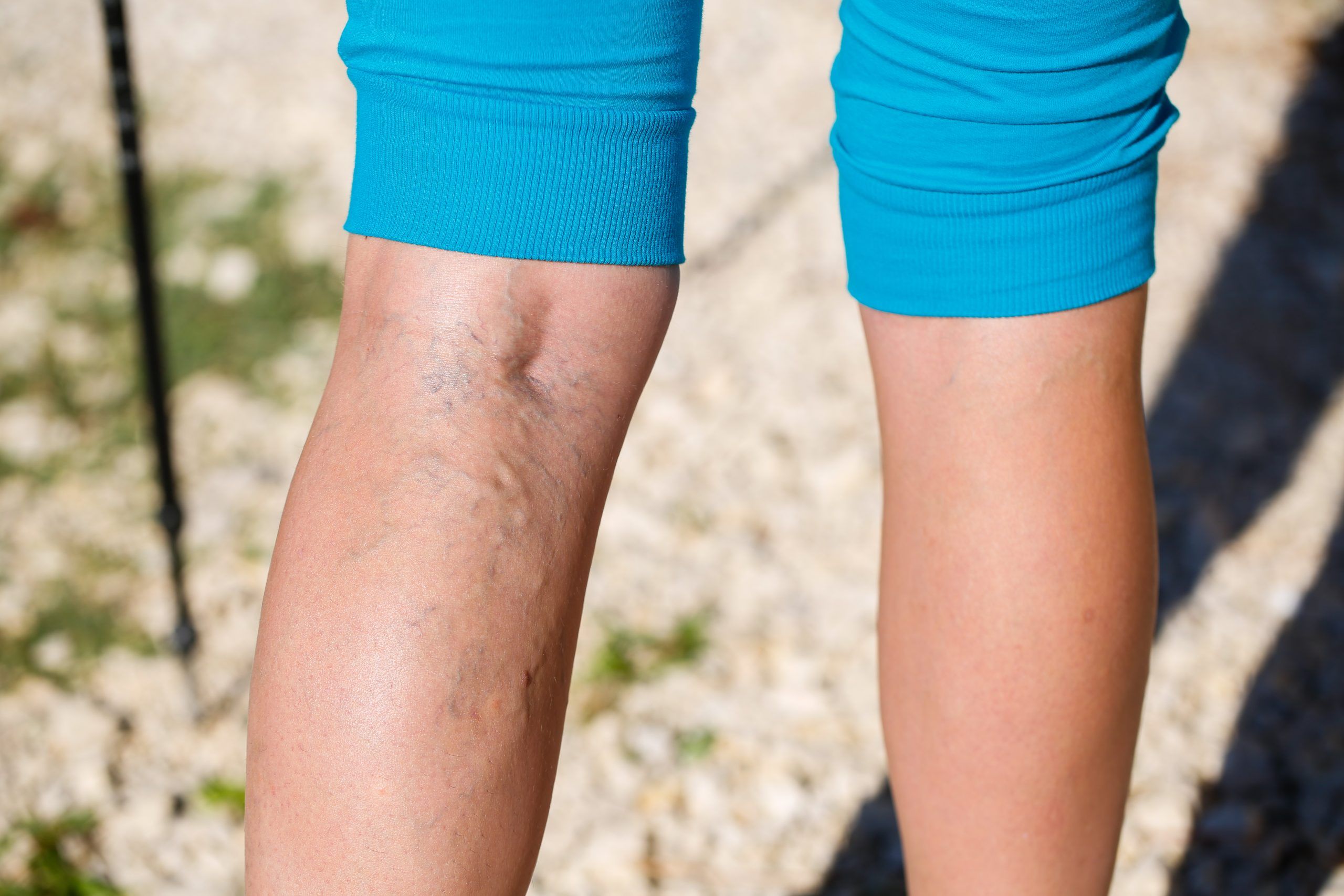
Vein Concerns in Auckland, NZ
Vein conditions such as varicose veins and spider veins are common in adults, especially as we age.
Read about the symptoms and causes of common vein conditions, as well as the industry leading non-surgical procedures that we use to treat them in Auckland, NZ.
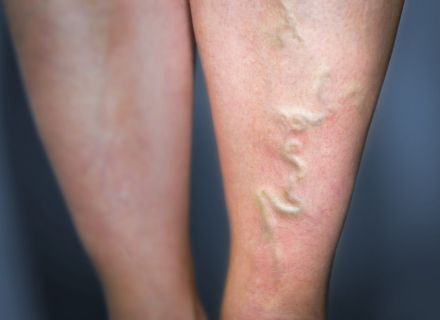
Varicose Veins
Varicose veins are swollen veins that can be visible on the legs or hidden beneath. They can cause the legs to feel achy, heavy or swollen.

Spider Veins
Spider veins are fine red or purple veins that often appear as threads or webs. They are usually seen on the surface of the legs or face.
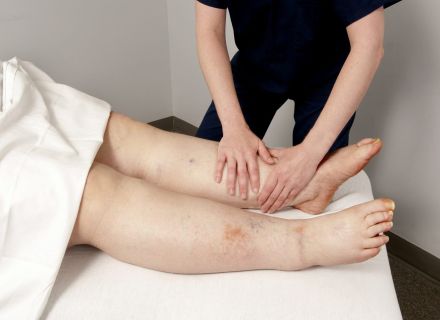
Leg Swelling
Leg swelling can be caused by varicose veins or conditions such as liver, kidney or heart failure. It can cause pain, stiffness, infection and impaired walking.

Facial Veins
Facial spider veins affect the cheeks and nose and are often an inherited condition. They are also associated with rosacea and facial flushing.
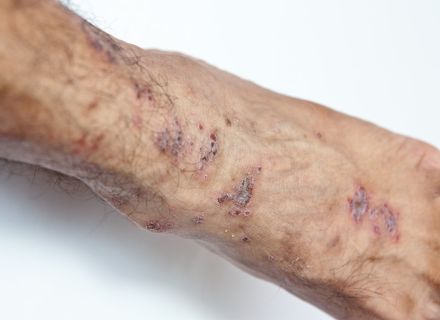
Venous Eczema
Venous eczema is a skin condition that usually appears as itchy dry skin on the lower leg and is often associated with varicose veins.
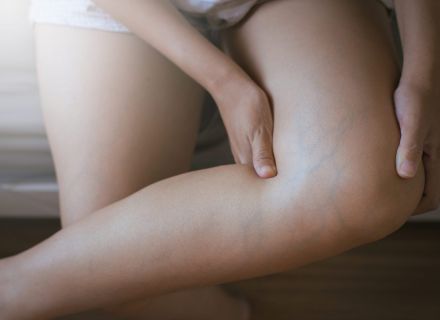
Deep Vein Thrombosis
DVT is the formation of a blood clot in a deep leg vein, most commonly in the calf or thigh, and can become dangerous if complications occur.
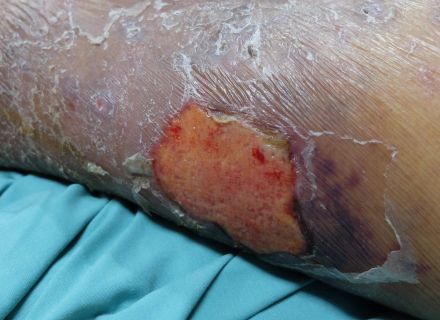
Varicose Ulcers
These can appear on the surface of the skin as a result of varicose veins. They’re often painful and don’t fully heal until the vein is treated.
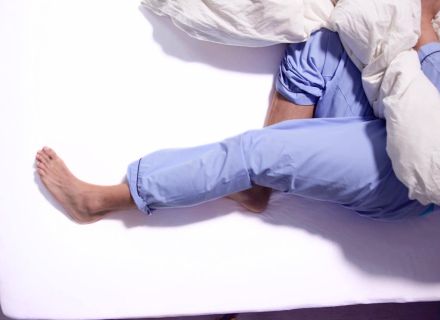
Restless Legs
Restless leg syndrome causes an overwhelming urge to move the legs. It can often be treated by treating an underlying varicose vein.
Vein care for confidence and comfort at every step.

Vein disease is common in NZ. And very treatable.
13,000+
Since 1998, Palm Medical has now performed over 7000 laser treatments for varicose veins and over ten thousand UGS injection treatments for varicose veins.
No Down Time
Insurance
Palm Clinic is an affiliated provider to Southern Cross HealthCare and a First Choice Provider to NIB insurance for the treatment of varicose veins which means we can process all your claims without having to ring for prior approval.
Symptoms of Vein Disease
Varicose veins can cause heavy, tired legs, throbbing or aching. This is more likely after prolonged sitting or standing and symptoms are usually worse at the end of the day. Other symptoms can include ankle swelling, restlessness in the legs, cramp, itching, or a red rash (venous eczema) on the skin of the legs. Sometimes you will notice a dark pigment forming on the lower legs or a congested purple appearance of the feet at the end of the day. Varicose ulcers can appear as a direct result of your varicose veins. If you’ve noticed any of these symptoms, you may be living with a common, and quite treatable, vein condition. To find out more, simply schedule a consultation with one of our dedicated vein doctors.
Understanding Vein Health

Main Vein Systems of the Leg
This image shows the main vein systems of the leg. They comprise of the deep veins (the thicker one) and the superficial veins (the finer one).

Healthy Open Valves
When you walk, your calf muscle (the blue structure) squeezes the deep veins and pushes the blood against gravity up the leg. The valves within the vein open up to allow the blood to flow up.

Healthy Closed Valves
When the muscle relaxes (part of the walking cycle) the valves come back to meet in the centre and prevent downward flow of blood back toward the feet.

Healthy Valves
In healthy veins the valves are ‘competent’ meaning they prevent downward flow of blood toward the feet.

Damaged Valves
In the situation of varicose veins the valves in the surface veins have become faulty and the walls of the vein have stretched. This results in downward flow of blood toward the feet and pooling of blood in the vein, resulting in a heavy and achy leg due to impaired drainage of the leg.

Radiofrequency Ablation
Radiofrequency Ablation involves feeding a fine fibre up the vein under ultrasound guidance.

Local Anaesthetic
Local (tumescent) Anaesthetic is then infiltrated all around the vein.
This numbs and protects the surrounding tissue and pushes the vein in to contact with the fibre. The Radiofrequency is activated which seals the walls of the vein together closing the vein. The flow is then diverted through the larger deep veins meaning improved drainage of the leg and resolution of your venous symptoms.

One Year Post Treatment
When we see you at follow-up all that remains is a fine cord where the varicose vein once was.

Surgical Stripping
The alternative is varicose vein ‘stripping’. This is a surgical procedure which is no longer the treatment of choice due to superior less invasive treatments such as Radio Frequency Ablation (RFA).

